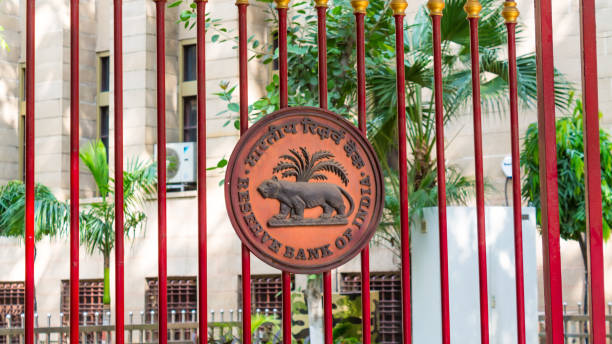New RBI Guidelines for Asset Reconstruction Companies: Promoting Fairness and Transparency in Borrower Settlements


The Reserve Bank of India (RBI) vide its circular dated January 20,2025 has issued detailed guidelines aimed at standardizing the settlement of dues by borrowers with Asset Reconstruction Companies (ARCs). These guidelines, issued under the provisions of the Securitisation and Reconstruction of Financial Assets and Enforcement of Security Interest Act, 2002 (SARFAESI Act), are intended to promote ethical practices, transparency, and fairness in the ARC-borrower relationship and are an amendment to paragraph 15 of the Master Direction- Reserve Bank of India (Asset Reconstruction Companies) Directions, 2024 dated April 24, 2024.
Table of Contents
Key Highlights of the Guidelines
Every ARC is required to create a policy approved by its Board of Directors to govern how settlements are conducted. This policy must outline criteria such as who is eligible for one- time settlements, how much sacrifice is acceptable for different loan categories, and how the realizable value of assets will be calculated.
Settlements should only be considered when all other methods of recovering dues have been explored. They should be pursued as a last option when deemed the best approach to resolving the debt. Additionally, the settlement amount’s Net Present Value (NPV) should generally match or exceed the expected recovery value of the borrower’s secured assets. If the value of the assets has significantly changed since acquisition, the reasons must be carefully documented.
The RBI recommends that settlement payments should ideally be made in one lump sum. However, if borrowers cannot pay the full amount upfront, staggered payments may be allowed, provided they are supported by a realistic business plan and cash flow projections. For borrowers with dues exceeding ₹1 crore, an Independent Advisory Committee (IAC), made up of financial, legal, and technical experts, must first review the settlement proposal.
The IAC will assess the borrower’s financial situation, recovery potential, and repayment plans before giving its recommendations. The ARC’s Board or a committee of directors, including at least two independent directors, will then deliberate on the IAC’s suggestions and decide on the settlement. This decision, along with the reasoning behind it, must be formally recorded.
For settlements involving dues of ₹1 crore or below, ARCs must follow criteria set in their Board-approved policy. Officials who were part of acquiring the financial asset cannot be involved in approving its settlement to avoid conflicts of interest. A quarterly report on such settlements must be presented to the ARC’s Board, detailing trends, cases involving fraud or wilful default, and recovery timelines.
Special provisions apply to borrowers labelled as fraudsters or wilful defaulters. Settlements for such borrowers must follow the same process as high-value cases and should not affect ongoing criminal proceedings against them.
Finally, the guidelines emphasize that all settlements must comply with existing laws. If a settlement involves cases pending in court, it will require approval from the relevant judicial authority before being finalized.
Purpose of the Guidelines
The RBI’s initiative aims to ensure that settlements between ARCs and borrowers are conducted fairly and transparently, preventing arbitrary practices. The guidelines seek to align ARC practices with regulatory standards, fostering greater trust in the asset recovery process. The circular is issued in exercise of powers vested by section 9 and 12 of the SARFAESI Act.
Conclusion
The RBI’s updated guidelines for Asset Reconstruction Companies signify a pivotal step towards fostering transparency, fairness, and accountability in India’s stressed asset resolution framework. By mandating structured processes, independent reviews, and strict adherence to ethical practices, these rules not only safeguard borrower rights but also enhance the operational integrity of ARCs. As the guidelines align ARC practices with regulatory and legal standards, they are expected to build greater trust among stakeholders, promote financial stability, and contribute to a healthier recovery ecosystem. This move
underscores the RBI’s commitment to balancing robust financial recovery mechanisms with fairness and compliance.
For further details write to contact@indialaw.in




